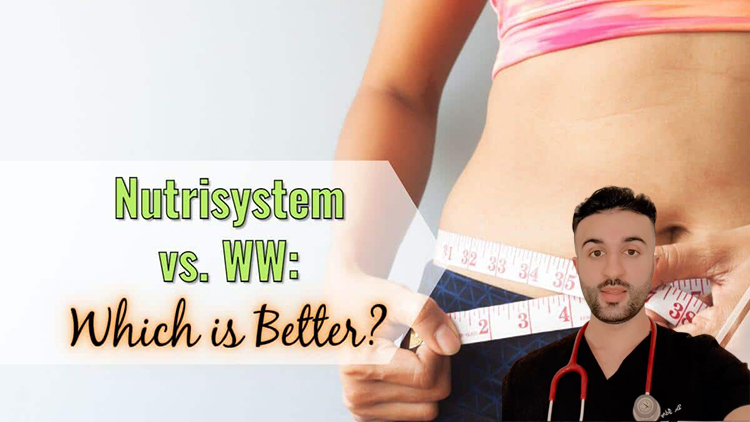
Hormones are your body’s chemical messengers. They help control practically every physiological process in your body, including:
- metabolism
- immune system
- menstrual cycle
- reproduction
A precise hormonal balance is vital to proper body functioning. Certain foods in your diet can restore or throw off the balance of your hormones. Eating a well-balanced diet is essential, especially if you’re experiencing menopause. During this transitional period of a woman’s life, hormonal imbalances can cause uncomfortable symptoms.
Learn how your diet affects your hormones during menopause.
Estrogen
Estrogen is the primary female sex hormone. Estrogen regulates your menstrual cycle and prepares your uterus for pregnancy. During perimenopause, the time period that precedes menopause, your estrogen levels may fluctuate wildly. When you reach menopause, your estrogen levels drop significantly. The fluctuations and subsequent drop in estrogen levels lead to the characteristic symptoms of menopause. These include hot flashes, night sweats, mood changes, and menstrual irregularity.
You can’t obtain estrogen from your diet. However, various plant foods contain phytoestrogens. These are groups of chemicals that weakly act like estrogen in your body.
This May Help
Eating foods that are rich in phytoestrogens may help relieve some of your menopause symptoms. It may also help lower your risk of some conditions associated with menopause.
Soy is the richest dietary source of phytoestrogens. It’s particularly rich in a type of phytoestrogen called isoflavones. The isoflavones in soybeans bind to estrogen receptors in your body. There have been hundreds of studies on isoflavones and soy, with conflicting results. However, according to the American Journal of Clinical Nutrition, there’s substantial evidence that soy foods may help you address several conditions associated with menopause. For example, eating soy may help lower your risk of ischemic heart disease, improve your blood cholesterol levels, and relieve hot flashes.
Flaxseed is another significant source of phytoestrogens. It specifically contains a type of phytoestrogen called lignans. Like the isoflavones in soy, lignans have both an estrogenic and antiestrogenic effect, although to a much lesser degree.
Insulin and Glucagon
Insulin may be one of the most well-known hormones affected by your diet. When you eat carbohydrates, the glucose from these carbohydrates travels into your bloodstream. This triggers your pancreas to release insulin. Insulin attaches to the glucose molecules and carries them to your cells, where they’re used for energy.
Glucagon is another pancreatic hormone. It has the opposite effect of insulin. When you go without eating for an extended period of time, your pancreas releases glucagon. This signals your liver to convert stored glycogen into glucose. The sugar is then secreted into your bloodstream, where it serves as an energy source until your body receives more food. This physiological feedback system is designed to keep your blood sugar levels steady.
If you have insulin resistance, your pancreas produces insulin normally, but your muscles, fat, and liver cells don’t respond to it properly. To compensate for this, your pancreas produces more insulin in an effort to help glucose travel into your cells. If your pancreas can’t produce enough insulin, excess blood sugar builds up in your bloodstream. Over time, insulin resistance can lead to prediabetes or diabetes.
When you go through menopause, your body changes from gynoid, or pear-shaped, to , or apple-shaped. Some experts believe this accumulation of belly fat raises your risk of insulin resistance, as well as diabetes.
This May Help
Above all, it’s important to maintain a controlled and balanced diet. Eating too many calories will cause you to gain weight, no matter what. This raises your risk of insulin resistance and diabetes.
Only eat as many calories as you burn in a day. Opt for complex carbohydrates, such as oats, bran, whole grain breads, beans, lentils, and vegetables instead of refined carbohydrates, such as white breads, crackers, cookies, and white sugar.
Cortisol
Your adrenal glands secrete cortisol. This is often referred to as the stress hormone. It’s part of your body’s fight-or-flight response, which is a physiological reaction triggered in times of stress or perceived danger. As part of your fight-or-flight response, cortisol is vital to your survival. However, having chronically high levels of cortisol in your body can increase your stress levels, blood pressure, and visceral fat. This is the fat that surrounds your midsection and contributes to an apple shape.
High levels of cortisol during menopause are especially bothersome, since menopause already causes a shift in your body fat composition.
This May Help
Caffeine and alcohol have been shown to cause mild increases in cortisol secretion. If you’re going through menopause, you should limit your caffeine and alcohol consumption. This can help keep your cortisol levels in check.
The Importance of a Well-Balanced Diet
At any stage in life, eating a well-balanced diet is important for good health. Avoid eating more calories than you burn, which leads to weight gain. Enjoy a variety of vegetables, fruits, whole-grain products, low-fat dairy products, and lean sources of protein. Limit “junk foods” that are low in nutrients and high in calories, processed sugar, saturated and trans fats, and sodium.
If you’re going through menopause, eating soy or flaxseed products may also help control your symptoms and lower your risk of certain health conditions. It’s also important to limit your consumption of alcohol and caffeine. Making a few adjustments to your eating habits can potentially make a big difference to your health.






